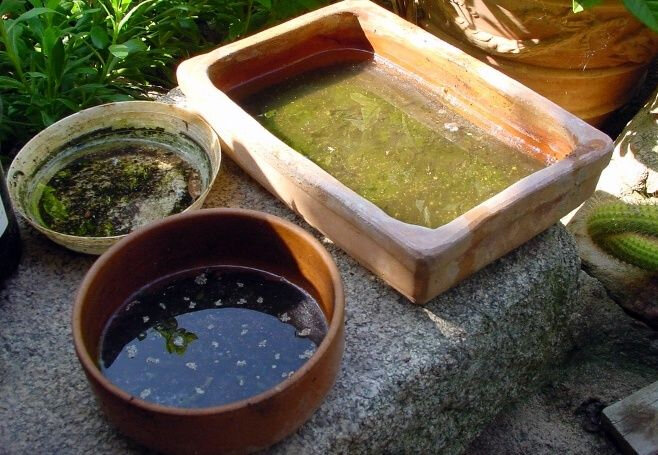There are Pros and Cons to just about every product or service we use. This is also true of no-water urinals. Because our goal with the Waterless Blog is to educate and inform, and in order to provide complete transparency, we thought we would re-publish sections of a study conducted in 2006 by McClure & Associates, a leading engineering and consulting firm located in Tyler, Texas.
The following are their pro and con conclusions when it comes to no-water urinals.
ADVANTAGES
Water Savings: Newer models of conventional flush-type urinals use about one gallon of water per flush. Older ones can use from three to five gallons of water. Because no-flush urinals use no water, one to five gallons of water is saved with each use.
Low Maintenance: Waterless urinals generally require little maintenance. The absence of a flush valve eliminates valve repairs and reduces opportunities for tampering. Additionally, overflow due to clogged drains and vandalism is not a problem since large amounts of water are not being flushed. Further, according to manufacturers, drain lines on waterless urinals are less susceptible to clogging.
Improved Hygiene. Water used by conventional urinals gives germs in the restroom the moist environment they need to grow. Manufacturers design waterless urinals to dry out between uses. This makes them hostile to bacteria and viruses. Also, since there is no handle, no-water urinals are touch-free, reducing the spread of communicable diseases.
Odor Control. According to at least one manufacturer, the absence of a water-urine blend in the bowl lessens the prevalence of odors often associated with urinals. The sealant liquid filling the trap is designed to keep odors out of the restroom. However, some owners report that odors might become noticeable if the supply of sealant liquid is allowed to run out.
Environmentally Friendly. Waterless urinals contribute positively to the environment. The absence of flushing reduces the water demand. Also, since no water goes down the drain, additional wastewater requiring treatment is not generated. Further, the special drain cartridges and inserts used in some models are recyclable. Finally, the sealant liquid composed of natural oils is biodegradable.
Green Building Credits. Nowadays, many new construction projects are earning certification as "green buildings" under the LEED program developed by the U.S. Green Building Council. Installation of waterless urinals helps gain water conservation points.
Costs: Costs for waterless urinal fixtures range from about the same to somewhat more than their conventional counterparts, depending on the model chosen. However, installation costs can be lower if no water supply plumbing is installed. Therefore, initial costs for waterless urinals are generally less than for flush type urinals in new construction.
DISADVANTAGES
User acceptance. Some owners report reluctance on the part of users to accept the waterless urinals at first. Two universities reported that signs posted near the urinals explaining how they work and why they were installed seemed to increase favorable responses in these cases. (NOTE: This is less of an issue today than when this study was conducted).
Retrofits. When replacing conventional urinals, removal of flush valves and capping of water supply lines will be necessary. Some remodeling may be required to lower the drain lines to bring the new waterless urinals to the proper mounting height.
Local Approval. Acceptance of no-flush urinals varies from city to city. Some municipalities allow them and offer incentives for installation, but others reject them. (NOTE: This is no longer an issue. Waterless urinals can now be installed in every city in the United States. It was, however, an issue when this study was undertaken.)
Cleaning. While cleaning no-water and flush urinals are very similar, no-water urinals do require periodically attending to the cartridges placed at the urinal base. Liquid sealant does need to be applied to these cartridges. Further, they need to be replaced every two to six months, depending on usage.
SUMMARY
Waterless urinals can offer a viable alternative to the conventional flush-type. Potential advantages include odor control and improved restroom cleanliness, water savings, reduced maintenance, and environmental friendliness.
Before installing waterless urinals, a pilot program for evaluation is recommended. This allows owners to become familiar with and gain confidence in the product and properly train [custodial crew] to maintain them. There can be a learning curve for custodial staffs to understand the proper care of the fixtures.
Also, a life cycle cost analysis should be performed to determine actual cost savings.
"Waterless Urinals: Features, Benefits, and Applications," by Gary Bristow, P.E., C.E.M., James D McClure, P.E.; and David Fisher, P.E.; Journal of Green Building. Winter 2006






























